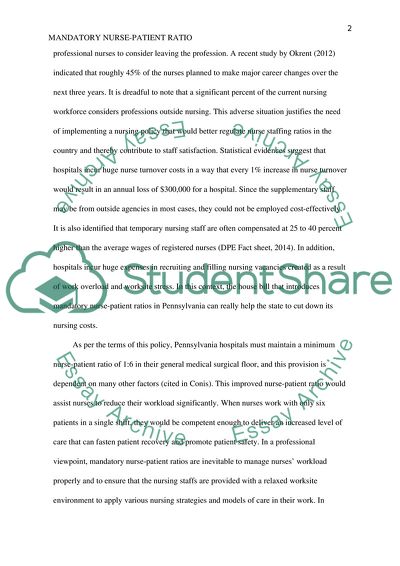Cite this document
(“Mandatory Nurse-Patient ratios in Pennsylvania Essay”, n.d.)
Retrieved from https://studentshare.org/nursing/1658892-mandatory-nurse-patient-ratios-in-pennsylvania
Retrieved from https://studentshare.org/nursing/1658892-mandatory-nurse-patient-ratios-in-pennsylvania
(Mandatory Nurse-Patient Ratios in Pennsylvania Essay)
https://studentshare.org/nursing/1658892-mandatory-nurse-patient-ratios-in-pennsylvania.
https://studentshare.org/nursing/1658892-mandatory-nurse-patient-ratios-in-pennsylvania.
“Mandatory Nurse-Patient Ratios in Pennsylvania Essay”, n.d. https://studentshare.org/nursing/1658892-mandatory-nurse-patient-ratios-in-pennsylvania.


